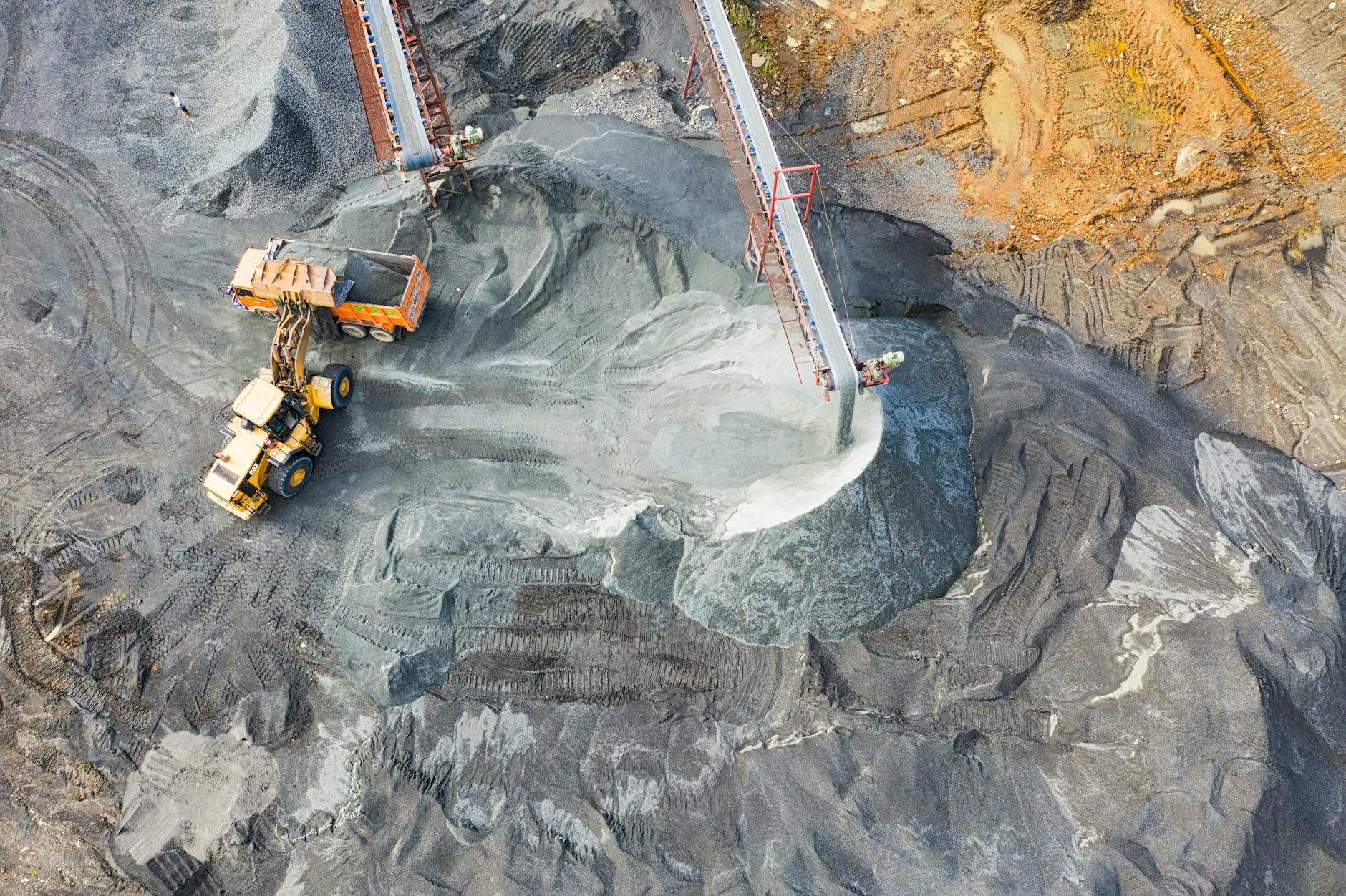
Safety Management Plan in Coal Mines: Protecting Workers Underground
Coal mining is a challenging and hazardous industry, with workers facing numerous risks and dangers in underground environments. To ensure the safety and well-being of miners, a robust safety management plan tailored specifically for coal mines is essential. In this article, we’ll explore the key components of a safety management plan in coal mines and its importance in protecting workers.
Introduction to Safety Management Plan in Coal Mines
Safety management in coal mines involves the implementation of policies, procedures, and practices to mitigate risks associated with mining operations. Given the unique challenges of working underground in confined spaces with heavy machinery and explosive gases, a comprehensive safety management plan is crucial to prevent accidents, injuries, and fatalities.
Importance of Safety Management in Coal Mines
The importance of safety management in coal mines cannot be overstated. Not only does it safeguard the lives of miners, but it also ensures the sustainability of mining operations by reducing downtime, minimizing regulatory penalties, and preserving the reputation of mining companies.
Components of a Safety Management Plan in Coal Mines
A safety management plan in coal mines consists of several key components, each addressing specific aspects of workplace safety.
Risk Assessment and Hazard Identification
The first step in developing a safety management plan is conducting a thorough risk assessment to identify potential hazards and assess their likelihood and severity. This includes hazards such as roof collapses, gas explosions, machinery accidents, and long-term health risks from dust exposure.
Safety Policies and Procedures
Once hazards are identified, safety policies and procedures should be established to mitigate risks and ensure compliance with regulatory requirements. This includes protocols for equipment maintenance, ventilation, roof support, emergency response, and personal protective equipment (PPE) usage.
Training and Education
Training and education are critical components of a safety management plan in coal mines. Miners should receive comprehensive training on safety procedures, hazard recognition, emergency evacuation, first aid, and the proper use of equipment and PPE.
Emergency Preparedness
Given the potential for emergencies such as fires, explosions, and roof collapses in coal mines, having a robust emergency preparedness plan is essential. This includes evacuation procedures, emergency communication systems, designated escape routes, and training drills.
Incident Reporting and Investigation
An effective incident reporting and investigation system is vital for identifying the root causes of accidents and implementing corrective actions to prevent their recurrence. Miners should feel empowered to report near misses, injuries, and hazards without fear of reprisal.
Continuous Improvement
Continuous improvement is integral to safety management in coal mines. Regular audits, inspections, and reviews should be conducted to identify areas for improvement and implement best practices to enhance safety performance continually.
Developing a Safety Management Plan for Coal Mines
Developing a safety management plan for coal mines requires collaboration between mine management, safety professionals, and frontline workers. The following steps are essential in the development process:
Conducting a Comprehensive Risk Assessment
Start by conducting a comprehensive risk assessment of all aspects of mining operations, including geological conditions, equipment usage, ventilation systems, and emergency response capabilities.
Establishing Clear Policies and Procedures
Based on the risk assessment findings, establish clear and concise safety policies and procedures that address identified hazards and comply with regulatory requirements.
Providing Adequate Training and Education
Ensure that all miners receive adequate training and education on safety procedures, hazard recognition, emergency response, and the use of equipment and PPE.
Developing an Emergency Response Plan
Develop an emergency response plan that outlines procedures for responding to various emergencies, including fires, explosions, roof collapses, and gas leaks.
Implementing Incident Reporting Protocols
Establish protocols for reporting incidents, near misses, and hazards, and ensure that miners are aware of the importance of reporting safety concerns promptly.
Emphasizing Continuous Improvement
Promote a culture of continuous improvement by encouraging feedback, conducting regular safety audits, and implementing corrective actions to address identified deficiencies.
Benefits of Implementing a Safety Management Plan in Coal Mines
The implementation of a safety management plan in coal mines offers numerous benefits, including:
- Reduction in workplace accidents, injuries, and fatalities
- Improved morale and productivity among miners
- Compliance with regulatory requirements and industry standards
- Protection of company reputation and brand image
- Cost savings from reduced insurance premiums and downtime
Challenges in Safety Management in Coal Mines
Despite the benefits, safety management in coal mines faces several challenges, including:
- Complexity of underground mining operations
- Limited visibility and communication in underground environments
- Compliance with stringent regulatory requirements
- Resistance to change among miners and management
Conclusion
In conclusion, a safety management plan is essential for protecting the lives and well-being of miners in coal mines. By identifying hazards, establishing clear policies and procedures, providing adequate training, and emphasizing continuous improvement, mining companies can create safer work environments and prevent accidents and injuries. While challenges exist, the benefits of implementing a safety management plan far outweigh the costs, making it a critical investment for the sustainability of coal mining operations.
Health and Safety Statement Example
FAQs (Frequently Asked Questions)
- Why is safety management important in coal mines?
- Safety management is crucial in coal mines to prevent accidents, injuries, and fatalities, and ensure compliance with regulatory requirements.
- What are the main components of a safety management plan in coal mines?
- The main components include risk assessment, safety policies and procedures, training and education, emergency preparedness, incident reporting, and continuous improvement.
- How can miners contribute to safety management in coal mines?
- Miners can contribute to safety management by following safety procedures, reporting hazards promptly, participating in training programs, and providing feedback on safety issues.
- What are some common hazards in coal mines?
- Common hazards include roof collapses, gas explosions, machinery accidents, dust exposure, and long-term health risks.
- How often should safety management plans in coal mines be reviewed and updated?
- Safety management plans should be reviewed and updated regularly, at least annually, or whenever there are significant changes in mining operations or regulations.